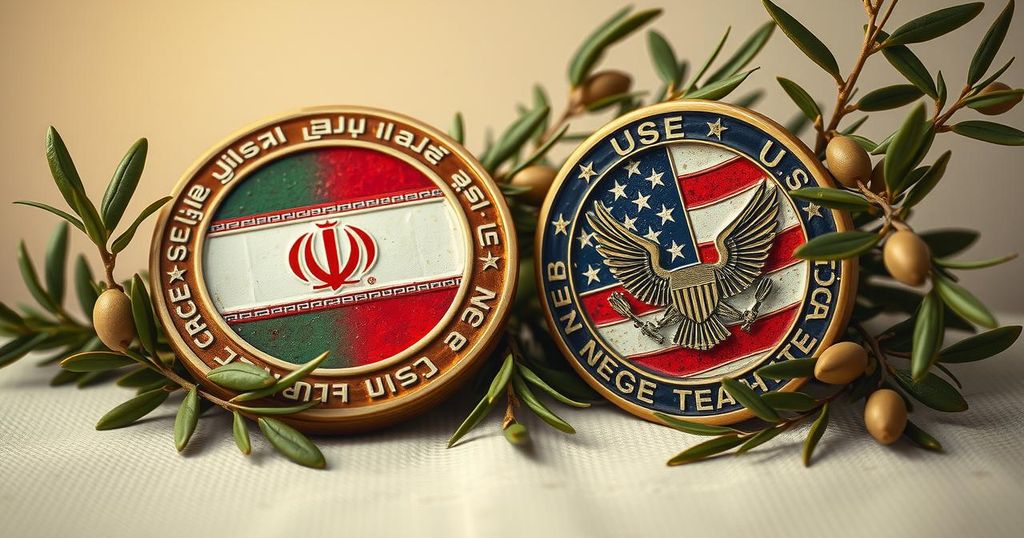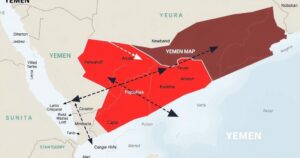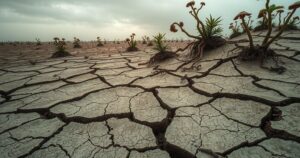Iran and U.S. Signal Progress in Nuclear Talks, Plan Third Meeting Next Week

Iran and the U.S. are nearing a third round of indirect nuclear talks, showing progress in recent discussions. With key diplomats involved, expectations for constructive outcomes are cautiously optimistic. Upcoming meetings will further explore Iran’s nuclear ambitions amidst ongoing skepticism and international pressure.
Iran and the United States are reportedly making headway in their indirect nuclear negotiations. Following a second round of discussions, which Iran’s Foreign Minister, Abbas Araghchi, described as constructive, both parties are set to meet again on April 26. This resumption of talks, initiated in Rome at Oman’s embassy, denotes a possible thaw in relations amidst longstanding tensions over Iran’s nuclear ambitions.
Araghchi and U.S. Middle East envoy Steve Witkoff engaged in approximately four hours of discussions, with both sides communicating through Omani Foreign Minister Badr al-Busaidi. Officials from Iran indicated that there is optimism for further technical talks in the days ahead. “We succeeded in reaching a better understanding on certain principles and goals,” Araghchi remarked, highlighting the progress made, though he tempered expectations by advising against excessive optimism or pessimism.
Interestingly, no official readout of the meeting has emerged from the U.S. delegation as of yet. Reports from Al Jazeera indicate a more positive outlook from the Iranian perspective, especially considering their previously cautious stance before entering the talks. James Bays from Al Jazeera noted that the upcoming meetings suggest negotiations could ramp up significantly.
This latest round follows high-level discussions in Muscat, with the two nations rekindling dialogues first severed when the Trump administration abandoned the 2015 nuclear accord. Iran is seeking assurances related to its nuclear program, which it insists is aimed purely at peaceful applications. However, Western nations, including the U.S., continue to express concerns regarding potential weapons development.
International Atomic Energy Agency (IAEA) chief Rafael Grossi, who recently commented that Iran is “not far” from acquiring nuclear armaments, was also present at the Rome talks. His agency would play a critical role in any future verification processes should an agreement come into play.
The situation is further complicated by the resumption of U.S. sanctions against Iran and mixed signals from both sides regarding intentions. President Trump, who has signaled willingness to negotiate anew, has also cautioned that military options remain on the table should diplomacy falter. Meanwhile, Araghchi has been skeptical about U.S. motivations, reflecting the inherent distrust that persists in these discussions.
In summary, Iran and the U.S. are gearing up for their third round of nuclear negotiations, following signs of progress in their recent talks. Diplomats express a mix of cautious optimism for future discussions while navigating complex historical tensions and accusations surrounding Iran’s nuclear intentions. As both sides approach next week’s meetings, the focus remains on finding common ground, especially concerning the fate of Iran’s nuclear program amidst ongoing international scrutiny.
Original Source: www.aljazeera.com








